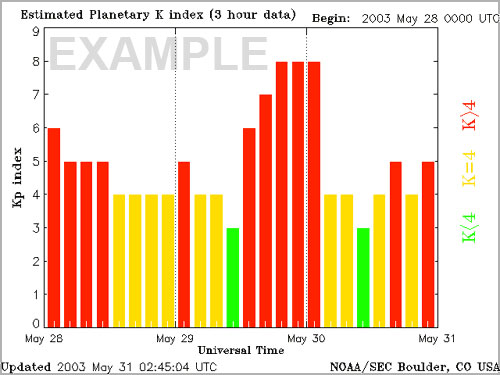A couple of years ago, N1TX was sufficiently impressed with the
QST review of the
FiFi SDR from Germany to order a kit and put it together. After experimenting with it as a standalone receiver, an RF Space
IF-2000 board was added to one of the FT950s. The FiFi then became an integral part of operations, providing bandscope functions and feeding VE3NEA's
CW Skimmer.
HDSDR was used to drive the FiFi, and HDSDR was kept in sync with the logging and CAT software through Omnirig. It proved very effective, and a second FiFi was added to the FTdx-5000MP. No interface board is required, since the FT5k radio has an IF output port. The guidance provided by
G4ZFQ was invaluable to setting everything up.
The FiFi is a "sound card" SDR and a good entry-level package.
Of course, while the FiFi, SDR-Play, Soft Rock, and others like it are somewhat plug-n-play, soundcard-type SDRs have inherent limitations due to the way frequency conversion and filtering are implemented. Note I said "somewhat plug-n-play". The need to tweak multiple parameters to derive optimal performance and calibration can be a pain.
Enter Brad Forker KC7JLU, who contacted us in 2016 to discuss installing a remote SDR in Fairbanks. I was intrigued by a system set up so anyone in the world could tune in to the Alaska receiver via the internet and sdranywhere.com. Soon the CloudIQ was delivered from RF Space and connected to the KL2R antennas.
The stand-alone “Cloud” mode includes a built-in internet server. In this mode, the radio performs the tuning and demodulation of signals and transmits the demodulated information back to a PC, OS-X, Linux or Android client anywhere in the world. Control, display, and audio information can be supported over a modest internet connection. There were few issues with streaming and control, which was used to great success during KL7FWX Skywarn on-air activities in December. Lower noise levels and better antennas at KL2R yielded positive results. Download the RemoteSDR client to listen. Note: The unit is now on an amplified loop antenna at WL7CW's hilltop location.
A few brief experiments with the SDR in IQ mode were very convincing. In this mode, the CloudIQ streams raw 24-bit IQ data at 1.8 MHz to software like SpectraVue running on a machine on your LAN. Wired and wireless rates are sufficient, but streaming this amount of data over the internet may not succeed. (Hence, the Cloud mode). However, run on the local network as either a stand-alone receiver or IF receiver, CloudIQ adds some powerful capabilities. Having a completely independent, wideband receiver in the shack is advantageous. Driving a radio these days without a bandscope is like flying blind. Spectravue also allows for synchronization to a local PC-controlled transceiver for true point-and-click ability to select frequency, bandwidth, and mode settings. We added a second CloudIQ to the FTdx5000 as an IF receiver. It works great with the FT950 + IF-2000 as well.
One thing not tested yet with the CloudIQ is CW Skimmer. The FiFi feeds IQ data via HDSDR into a VB-Audio virtual audio cable "connected" to the skimmer for monitoring 24 kHz bandwidth. It is not clear from brief internet searches how to feed IQ data from CloudIQ. Another concern is whether or not it is possible to maintain the SpectraVue bandscope function with point-and-click tuning while operating in skimmer mode due to port limitations and conflicts. Even without CW Skimmer, it's a nice asset during the contests.
















